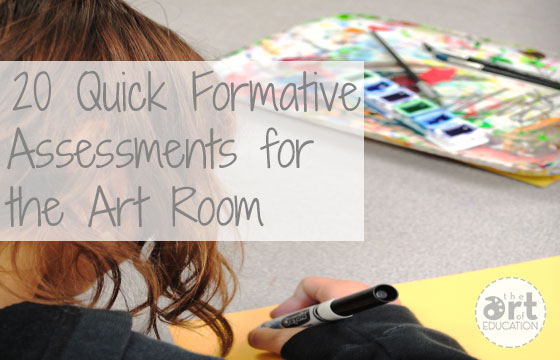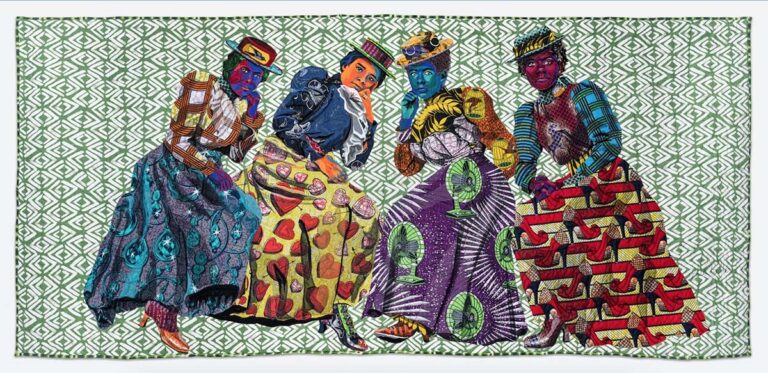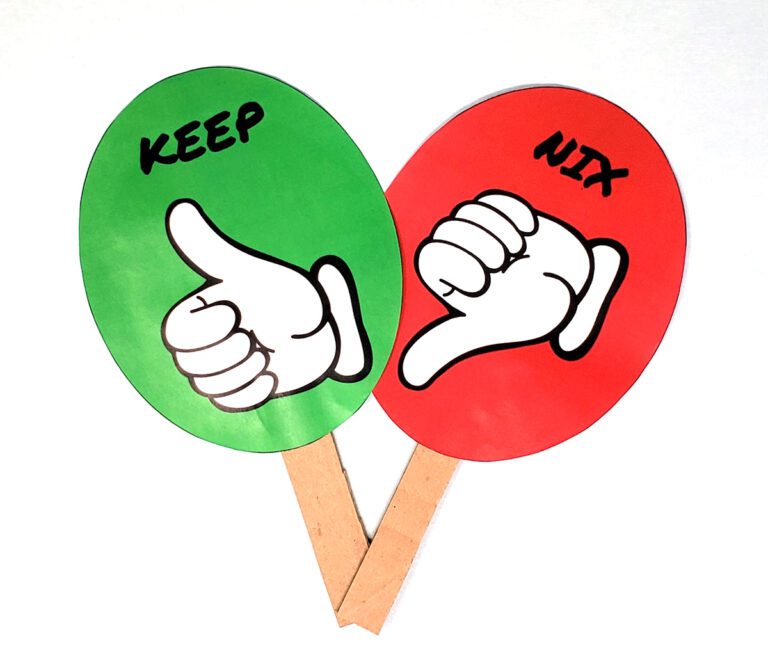We are always looking for a better glimpse inside our students’ brains. While we are never going to figure out the mysteries of the pre-teen or kindergarten mind, there are some tools to help us understand where they are in their learning journey.
Below are twenty simple, quick, and effective ways to check on your students and get some real information to plan instruction.
As a bonus, kids get in on their own learning and goal setting!
- Outcome Sentences
Use when you want to prompt a student to respond in a specific way such as, “I learned,” or “I wondered.” - Conga Line
This is a great way to share ideas with different partners. Arrange two lines of students facing each other. One line moves with the same question or a new one. - Inner/Outer Circle
This is the same as the Conga Line except with circles. This is better for limited spaces. - Headlines
After a lesson or lesson segment, students write a headline for an article about it. This distills lessons to the main ideas and concepts. - PMI: Plus, Minus, Interesting
This is a matrix graphic organizer to chart class or individual thoughts. - Pair-Share
This activates prior knowledge or shares learned concepts with partners. It can be timed. - Paired-Squared
Take two Pair-Share partners and share with another group of two. - Jigsaw/Experts in Residence
Each group becomes an expert on a certain part of the lesson and then debriefs the whole group. - Modified Jigsaw/EiR
Each group gets a topic within the whole and then has to compile everything they can on that one topic within the whole lesson. - Affirmations
Turn to a partner and give a positive statement such as, “I knew that!” or “Now I know!” - 3-2-1
This is a good closure activity. List three points to remember, two things they liked, and one question they still have. - Quick Write/Draw
Give a topic for students to write and/or draw freely during a timed period. - Gallery Walk
Provide stations with information. Students write on sticky notes or directly on the poster with thoughts, comments, or questions. - Think-Write-Share
This is the same as Pair-Share but gives students more time to organize their thoughts. - Red Card/Green Card
Using red, yellow, and green cards, students indicate their understanding of the presented material as it happens. - Beach Ball
Concepts are written on a beach ball. As a student catches it, they give a thought or clarify the concept closest to one of their thumbs. - Admit/Exit tickets
Students demonstrate understanding in an appropriate way immediately upon entering or before exiting the room. “Your exit ticket today is to write the title of your piece on the back.” Or, “Your admit ticket to our lesson today is to list three warm colors on the notecard at your table.” - SOS
Students write a quick Statement, an Opinion based on the statement, and finally a Supporting piece of factual evidence. - Poll the Class
Use a simple show of hands, whiteboards, or even a clicker program to poll the class on foundational knowledge, opinions, or where they are in their learning. - Grade Yourself
Students give themselves an in-progress grade and then explain why their work is earning that grade. Give them explicit standards and relevant vocabulary to use in their explanation.
These ideas are a great start to conducting formative assessments in your classroom. If you’re looking for more in-depth information, including how to create and implement a formative assessment plan, we’ve got you covered in the Formative Assessment Strategies PRO Pack! You can find this Pack and more like it in PRO Learning. In addition, students in the Assessment in Art Education course spend time learning how continuous and ongoing formative assessment can drive their instruction.
Is “formative assessment” a buzzword at your school?
Name a few other formative assessments you’ve done to quickly check for understanding in the art room. We can’t wait to hear your ideas!
Magazine articles and podcasts are opinions of professional education contributors and do not necessarily represent the position of the Art of Education University (AOEU) or its academic offerings. Contributors use terms in the way they are most often talked about in the scope of their educational experiences.





